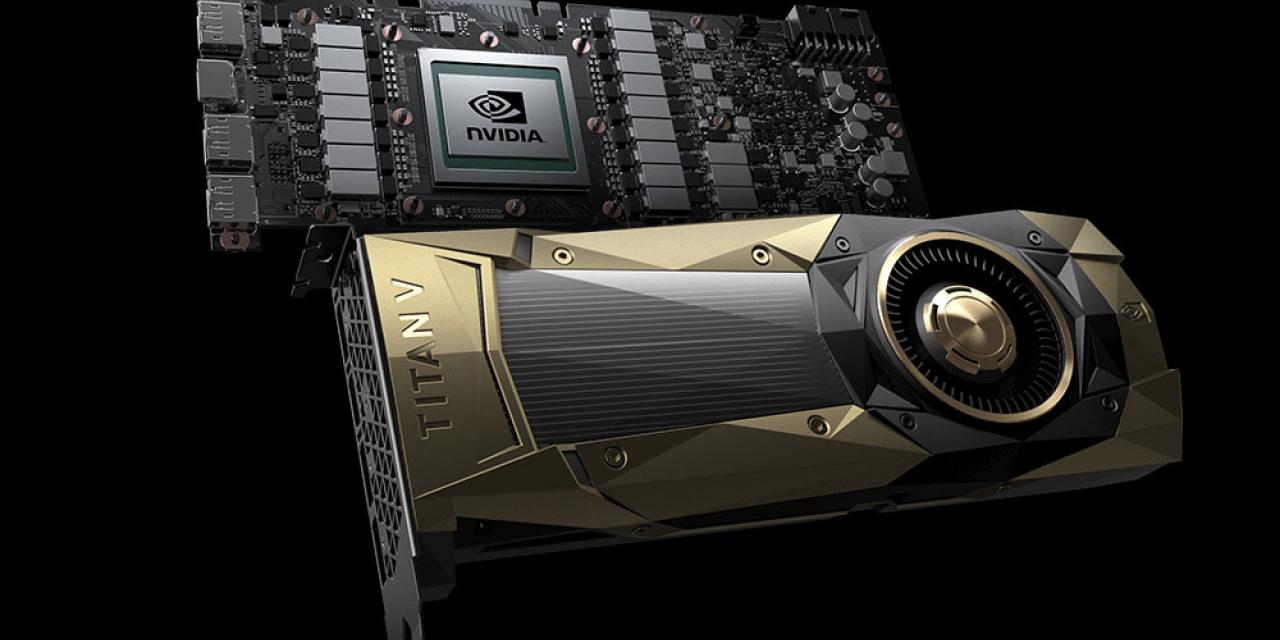
With Nvidia's recent debut of the truly monstrous Titan V graphics card from its upcoming Volta generation of GPUs, it was clear that it was designed more for prosumers and professionals than consumers, but that doesn't mean we aren't interested to see how it performs when it comes to gaming too.
Although it will be a while before a lot of these cards are out in the wild - a $3,000 price tag will do that to a card - Anandtech has managed to get hold of one for some early testing and has put it through its paces, comparing it head to head with some of the other Titan cards that Nvidia has released in recent years to see how it performs.
In its various tests, the Titan V goes up against a Titan XP from the Pascal generation (GTX 1000), a Titan X from the Maxwell generation (GTX 900) and one of the original Titans (GTX 700). All tests were conducted at 4K resolution with ultra settings, because why wouldn't you with cards like this.
Ultimately, although the Volta card doesn't make the Titan XP look terrible, it does wreck them all in one way or another, proving that it is easily the most powerful graphics cards in the world right now - especially when it comes to older generations.
In Battlefield 1 its average frame rate was close to double that of the Titan X, and a full 15 percent more than the Titan XP. Ashes of the Singularity wasn't as stark, but the Titan X still fell well behind the more modern cards and Doom showed a similar disparity.
Interesting to note though, is that games like GTA V and Total War: Warhammer didn't show much difference between the Titan V, even when leveraging more modern APIs. That, as Anandtech points out, is most likely down to a lack of gaming optimization with the Titan V than anything else.
What will be interesting to note next, when we see some more consumer-focused Volta cards appear, is how well they perform. It seems likely that this new GPU design and the high-bandwidth offered by such cards, could provide a sizeable performance increase over existing Pascal designs.








